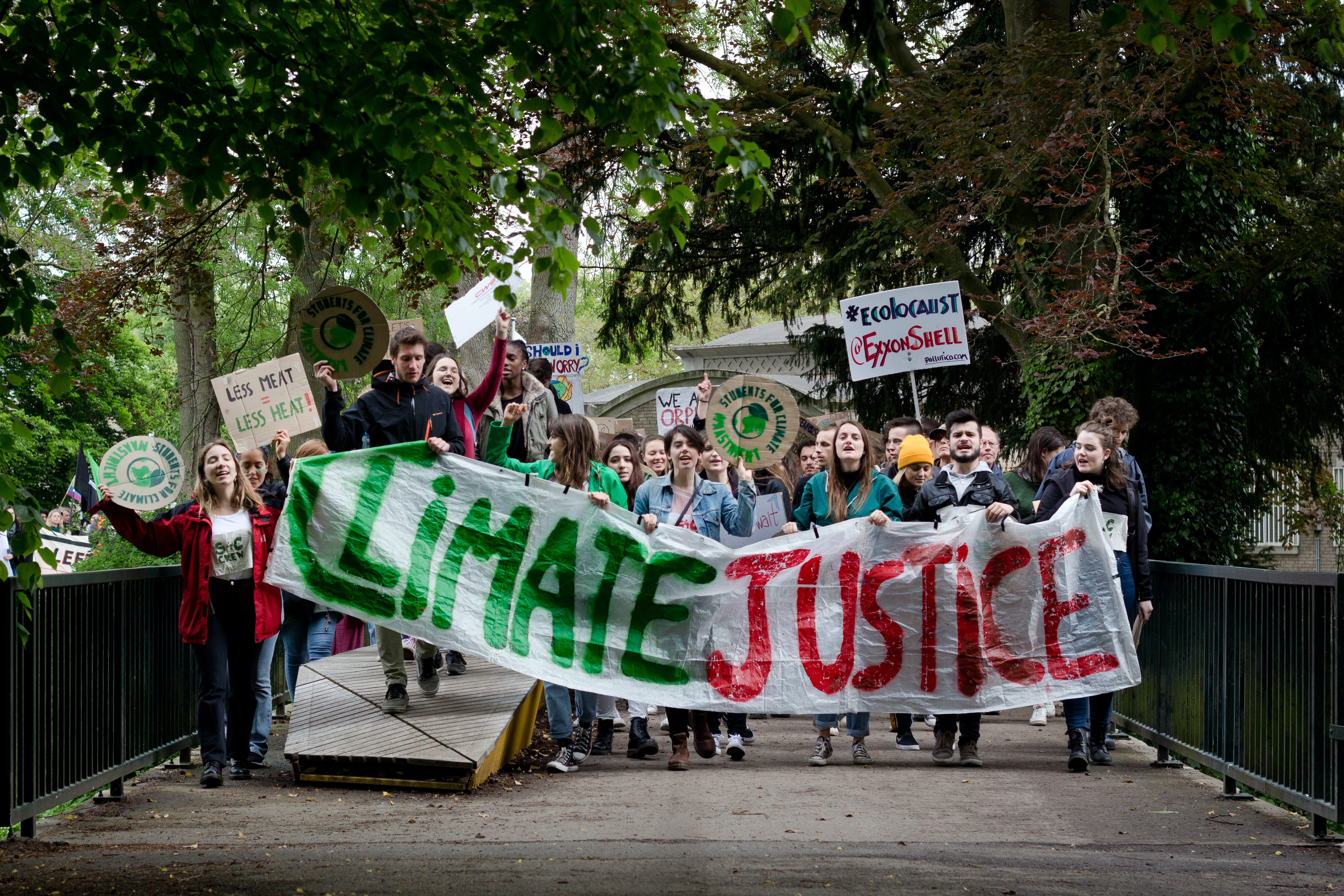Gender Inequality in the fight against Climate Change
Olivia C in year 12 discusses the influence that climate change has on women and how female representation is crucial for overcoming the ever-growing climate crisis.
You may have seen the recent headlines surrounding female representation at COP27. The numbers were shockingly low, with only 7 females out of 110 world leaders and 34% of delegation teams being women. I found this appalling for a global climate summit that claims to represent and find solutions for everyone. This has prompted me to do some more research into how women and the climate are interlinked.
Climate change exacerbates almost all inequalities, including gender. In the very privileged position that we are all in, we may not directly feel this but across the world, women are disproportionately affected by climate change. This is partly due to the roles that women tend to play where they are responsible for gathering food, water and fuel for their families and communities. This leads to greater dependence on natural resources which are often impacted by climate change. For example, a drought may mean that women have to travel further for water and could cause food scarcity. This makes their job of providing these essentials for their families even more difficult.
Additionally, climate change is a “threat multiplier” which means that it increases the likelihood of conflicts and disasters occurring around the world. In these situations women and girls are more vulnerable to violence and are less likely to survive. This is due to long standing gender inequalities that create disparities in access to information, resources and assistance. This, in turn, creates a vicious cycle of vulnerability to conflict and disasters that are likely to increase as climate change accelerates.
The Importance of women at climate events:
So, why is it so crucial to have women in the room at climate events? Studies have shown that increasing female representation in areas such as national parliaments often results in more stringent climate change policies leading to lower emissions. There are many factors behind this, for example, women are proven to adopt innovative and preventative measures faster than men. They also tend to be more empathetic and think for the collective, helping to create solutions that work for a society as a whole.
It is also vital that everyone is represented at climate talks, without this the needs of minority groups can be overlooked in strategies. This will ultimately lead to failure if the solution does not work for all. It is common for ideas to be imposed without the input of those that know the problems and places best. Therefore, without women we will never make the critical changes that we need.
Involvement in climate change can also empower women within their communities by enabling them to take part in decision-making and leadership. This is vital in the fight for gender equality.
Female trailblazers in climate action:
In the Ecuadorian Andes, Indigenous women are using sustainable agriculture production and landscape management to restore land damaged by desertification and overgrazing. This has protected valuable water sources that fuel agriculture which the community relies on for food and income.
Bianca Pitt is a climate activist and campaigner who founded SHE Changes Climate. This organisation aims to increase female representation at all levels of climate decision making. Pitt ran the ‘SHE Changes Climate’ seminar at COP26 which focused on gathering and empowering women leaders at the summit.

